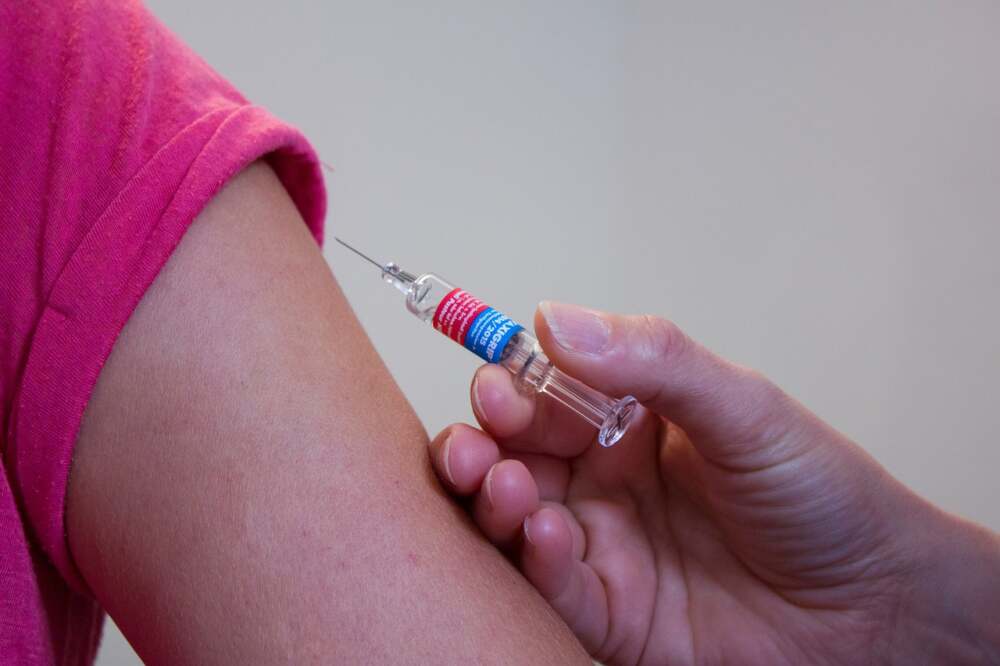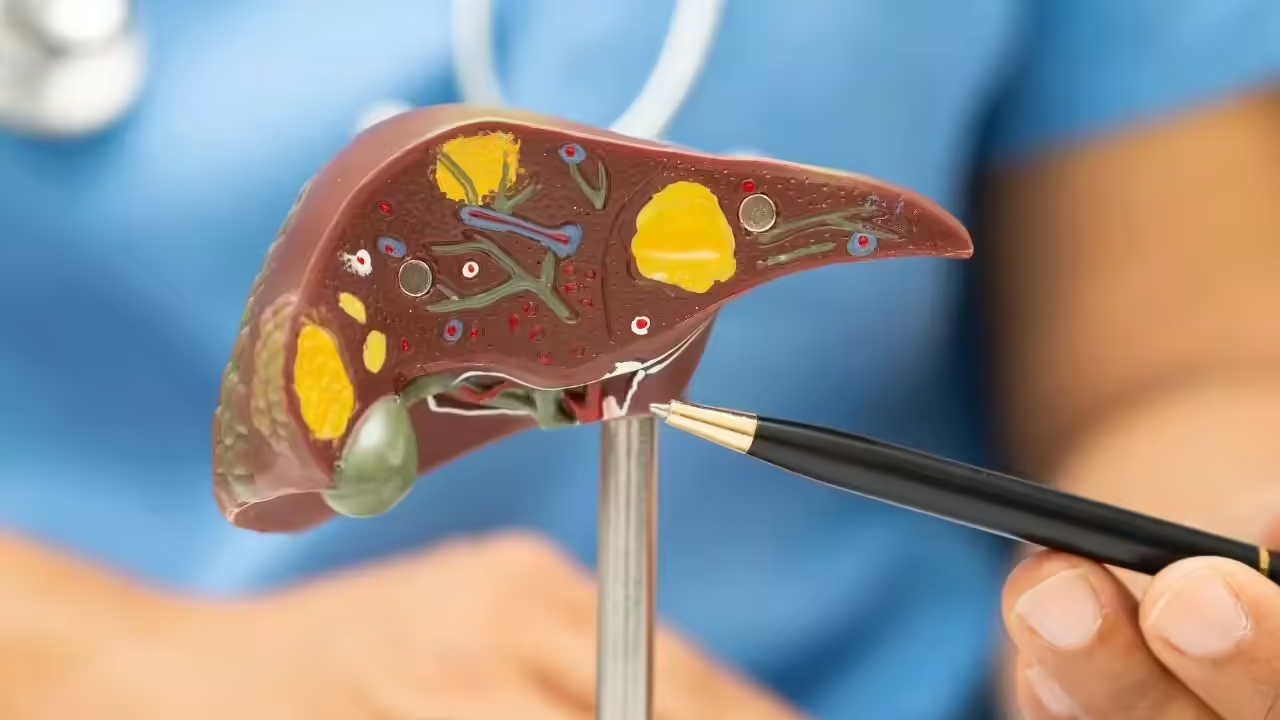A new study suggests that the age-old need for reading glasses might soon be greatly reduced—just by using specially formulated eye drops twice a day. The research could herald a non-surgical, convenient treatment for presbyopia, the common condition that makes close-up vision blurry as people age.
What the Study Found
- Researchers tested eye drops combining pilocarpine (which helps the eye’s lens and focusing muscle work better) and diclofenac (an anti-inflammatory agent to offset side effects) in 766 people, average age about 55.
- Participants used the drops twice daily—once upon waking and again about six hours later.
- Different formulations were used, with varying strengths of pilocarpine (1%, 2%, and 3%), while diclofenac dose stayed fixed.
How Much Vision Improved
- Patients were assessed using the Jaeger chart, a standard tool for testing near visual acuity. On average, just one hour after administering the drops, people could read about 3.45 extra lines on that chart without reading glasses.
- In the group using the lowest pilocarpine concentration (1%), nearly all participants were able to read at least two extra lines. The higher concentrations (2% and 3%) performed even better, with large proportions reading three or more extra lines.
- Impressively, many maintained good near vision for up to two years with this treatment.
Side Effects and Safety
- Most side effects were mild and temporary. The most common included dim vision, some irritation when putting in the drops, and occasional headaches.
- No major adverse events (such as serious damage inside the eye) were reported over the study period.
- Nonetheless, experts caution that long-term safety especially under real-world usage needs further verification.
Who Might Benefit
- People in their 40s, 50s, or older developing presbyopia who dislike wearing reading glasses or who find glasses inconvenient for work or daily life.
- Individuals who are not ideal candidates for surgical correction or who want to avoid surgery’s risks.
- Those seeking a flexible, reversible, pharmacological alternative.
Caveats and What’s Next
- This was a retrospective, single-centre study. The sample size was large, and follow-up was long, but results might vary in different populations or with different eye health conditions.
- Not everyone will respond the same. People with more advanced loss of near vision needed higher concentrations of the drops to get noticeable improvement.
- Night vision and dim light situations could be more challenging with this therapy, since smaller pupils (pilocarpine effect) let in less light.
- Larger, multi-centre clinical trials are being called for to confirm effectiveness, safety over longer periods, and to refine dosing protocols.
Implications
If these results are borne out by further trials, it could be a major shift in how presbyopia is managed. Freed from always needing reading glasses, many patients may prefer drops as a less obtrusive, more flexible way to see up close. Eye care practitioners would get another tool in their toolkit, with benefits for quality of life in reading, screen work, hobbies, and daily tasks.
Conclusion
The trials of pilocarpine-diclofenac eye drops mark a promising development for people with age-related near vision loss. While reading glasses will not vanish overnight, these drops could make them optional for many, improving comfort, convenience, and visual freedom—provided longer-term safety and efficacy are confirmed.
















Leave a Reply